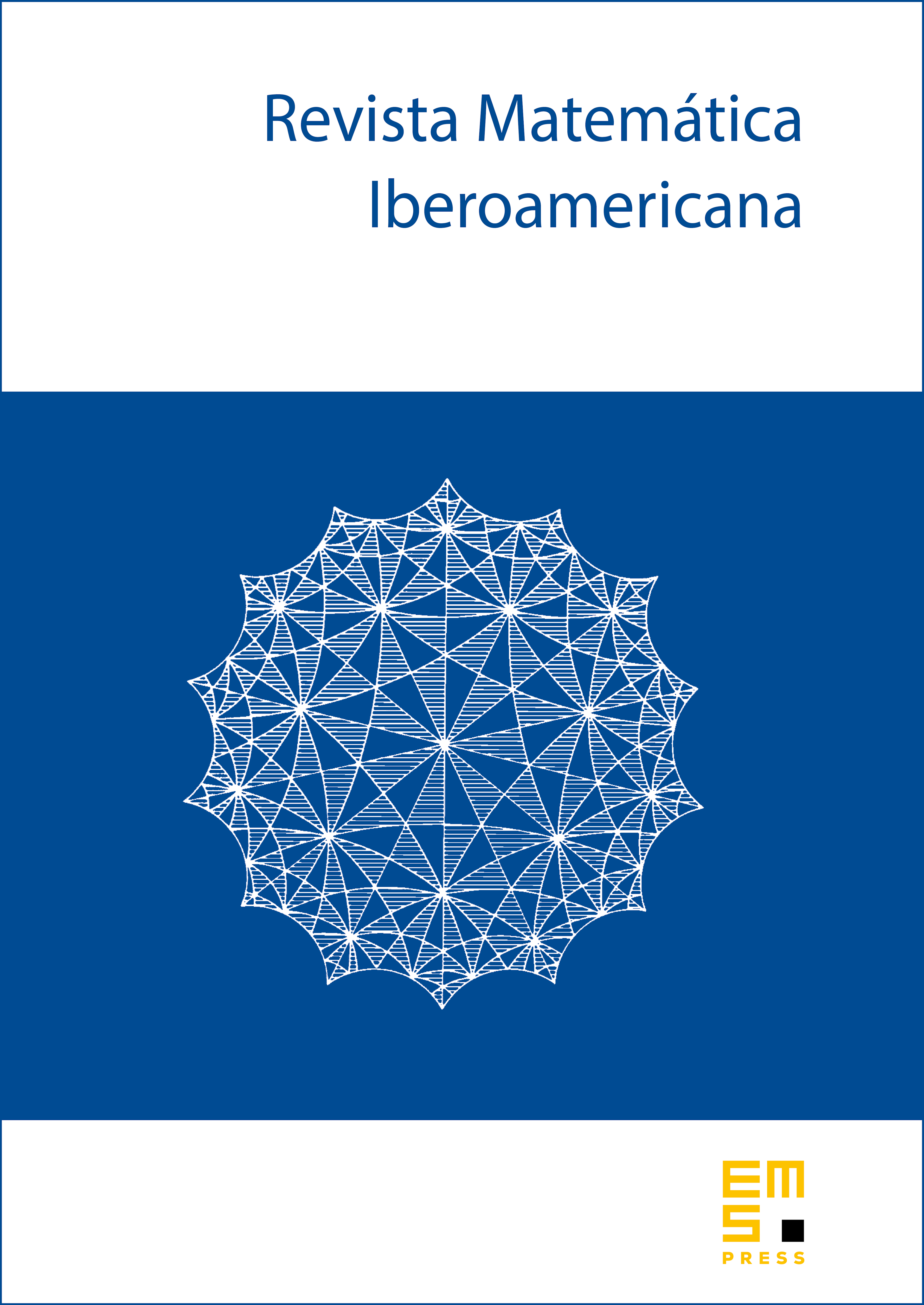Gauge theory and -geometry on Calabi–Yau links
Omegar Calvo-Andrade
Centro de Investigación en Matemáticas, Guanajuato, MexicoLázaro O. Rodríguez Díaz
Universidade Federal do Rio de Janeiro, BrazilHenrique N. Sá Earp
Universidade Estadual de Campinas, Brazil

Abstract
The 7-dimensional link of a weighted homogeneous hypersurface on the round 9-sphere in has a nontrivial null Sasakian structure which is contact Calabi–Yau, in many cases. It admits a canonical co-calibrated -structure induced by the Calabi–Yau 3-orbifold basic geometry. We distinguish these pairs by the Crowley–Nordström -valued invariant, for which we prove odd parity and provide an algorithmic formula.
We describe moreover a natural Yang–Mills theory on such spaces, with many important features of the torsion-free case, such as a Chern–Simons formalism and topological energy bounds. In fact, compatible -instantons on holomorphic Sasakian bundles over are exactly the transversely Hermitian Yang–Mills connections. As a proof of principle, we obtain -instantons over the Fermat quintic link from stable bundles over the smooth projective Fermat quintic, thus relating in a concrete example the Donaldson–Thomas theory of the quintic threefold with a conjectural -instanton count.
Cite this article
Omegar Calvo-Andrade, Lázaro O. Rodríguez Díaz, Henrique N. Sá Earp, Gauge theory and -geometry on Calabi–Yau links. Rev. Mat. Iberoam. 36 (2020), no. 6, pp. 1753–1778
DOI 10.4171/RMI/1182